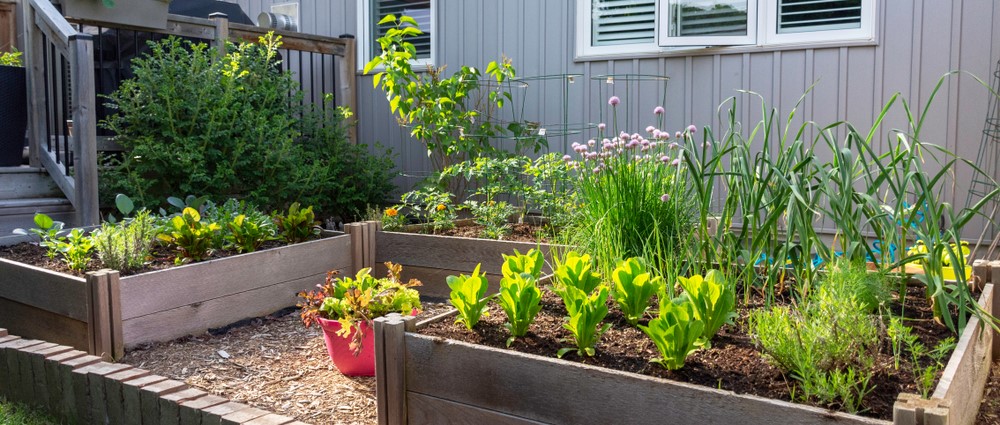Choosing the Right Location for Your Vegetable Garden
Starting a small vegetable garden in your backyard begins with selecting the perfect spot. Ideally, you'll want a location that receives at least six to eight hours of sunlight daily, as most vegetables thrive in bright conditions. Look for a level area with good drainage to prevent water from pooling around your plants. If your backyard has limited space, consider utilising raised beds or containers, which can be easily placed on patios or smaller patches of land. Starting with a smaller area and expanding gradually is a practical approach, as it allows you to manage your garden effectively without feeling overwhelmed.

Designing Your Vegetable Garden Layout
Design plays a crucial role in how to start a small vegetable garden successfully. When planning your garden, think about the types of vegetables you want to grow and how much space each will need. Arrange taller plants, such as tomatoes or beans, on the northern side of your plot to prevent them from shading shorter crops like lettuces or radishes. Companion planting is another design strategy to consider, as it can help deter pests and promote healthier plant growth. Make sure paths are wide enough to allow easy access for watering, weeding, and harvesting. A well-thought-out design will make your gardening experience more enjoyable and productive.
Preparing the Soil for Planting
The quality of your soil is a critical factor in how to start a small vegetable garden. Healthy, nutrient-rich soil is essential for robust vegetable growth. Begin by clearing the area of weeds, rocks, and debris. You can then improve the soil structure by mixing in organic matter such as compost or well-rotted manure, which enhances fertility and drainage. It's also advisable to test the soil's pH level; most vegetables prefer a slightly acidic to neutral pH (between 6.0 and 7.0). Adjust the soil pH if necessary by adding lime to raise it or sulphur to lower it. Taking the time to prepare your soil will pay dividends in the quality and quantity of your harvest.
Estimating the Cost of Starting Your Garden
One common question for beginners is, "how much does it cost to start a small vegetable garden?" The answer largely depends on your garden's size, design, and the materials you choose. Basic costs include seeds or seedlings, soil amendments, and tools such as a spade, gloves, and watering can. For those opting for raised beds, the cost of lumber or prefabricated beds will also be a factor. On average, you might expect to spend anywhere from £50 to £200 initially. However, keep in mind that many costs are upfront investments; over time, your garden can become a cost-effective source of fresh produce, reducing your grocery bills.
Maintaining Your Vegetable Garden
Once your vegetable garden is up and running, ongoing maintenance is key to its success. Regular watering is crucial, especially during dry spells; early morning watering is best to minimise evaporation and reduce the risk of plant diseases. Weeding should be done frequently to prevent unwanted plants from competing with your vegetables for nutrients. Keep an eye out for pests and address them promptly with organic or chemical controls as needed. As your plants grow, be prepared to provide support for climbing varieties and to thin out seedlings to give each plant adequate space. Consistent care will ensure your garden thrives, providing you with fresh, home-grown vegetables throughout the growing season.
